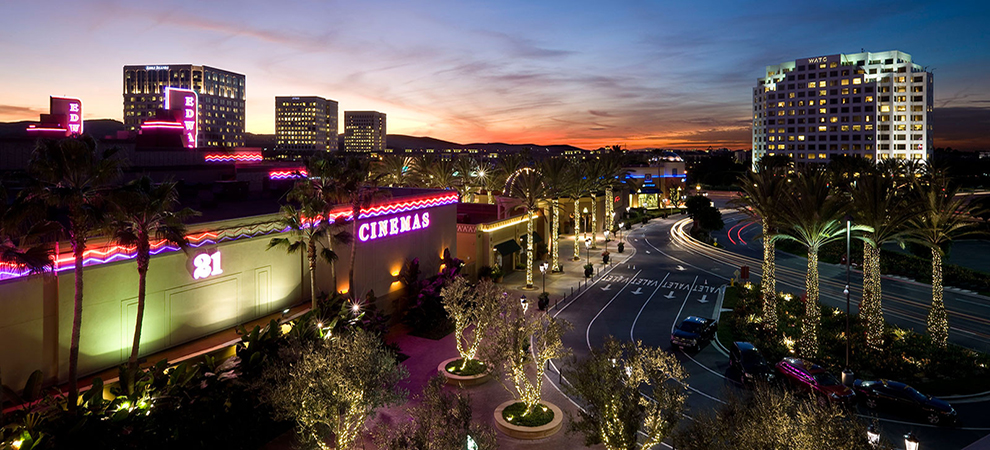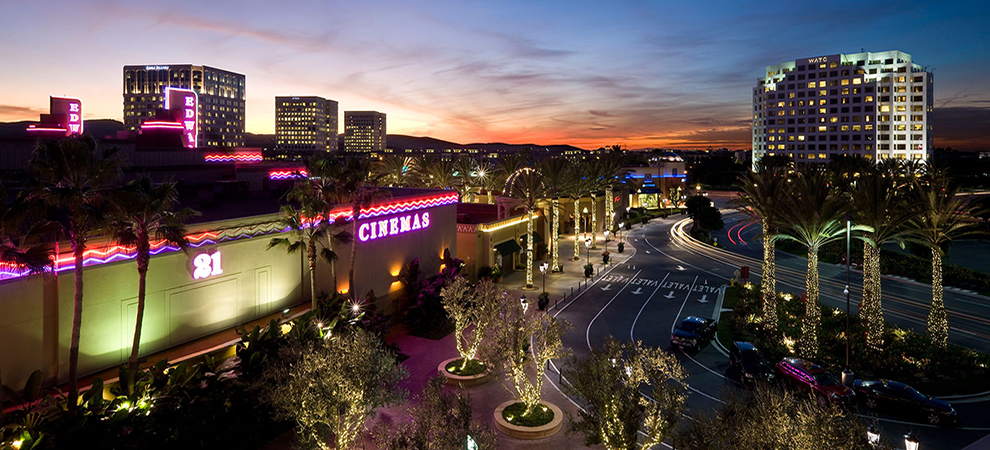
According to CBRE, suburban U.S. office markets that provide an urban-like live-work-play environment are well positioned to capture strong demand from office users.
Among the most common attributes of so-called "urban-suburban" submarkets are the presence of abundant retail, office and housing options, as well as employment opportunities, based on a survey of CBRE Research professionals in the 25 largest suburban markets.
Established urban-suburban submarkets have the added advantage of amenities like entertainment and recreational offerings, restaurants and grocery stores and public transportation access. Established submarkets include the New Jersey Waterfront, Irvine, Santa Monica and Palo Alto, CA.
Emerging submarkets, such as the Los Angeles submarket Glendale or the Central Perimeter in Atlanta, are more likely to be in transition, with development, construction or renovation - including ongoing or planned public transit projects - shaping dynamics. Notably, emerging submarkets are more likely than established submarkets to have mixed-use projects in the works. Mixed-use projects often serve as a catalyst for additional development in a particular area, spurring interest in the surrounding neighborhood. Emerging submarkets are also more likely to utilize government incentives, zoning changes or other public commitments to assist development than established submarkets.
"Steep rental rates and an increasingly limited supply of quality office space, especially in large blocks, in downtown submarkets will continue to lead more tenants to look for space in suburban markets," said Scott Marshall, executive managing director, Advisory & Transaction Services & Investor Leasing, CBRE. "Moreover, as more millennials age and begin families, many will eventually move to the suburbs. Office locations that can provide the urban characteristics this pool of workers has grown accustomed to will be in the highest demand."
The vacancy rate for emerging urban-suburban submarkets was 15.3 percent as of Q1 2017, compared with 13.8 percent for the established urban-suburban submarkets. Similarly, rents in emerging urban-suburban submarkets have yet to surpass the overall suburban average ($27.79 per sq. ft.) but were essentially equal at $27.46 per sq. ft. and significantly below rents in established urban-suburban submarkets ($31.90).
The amount of new office construction underway in urban-suburban submarkets is slightly elevated relative to their share of inventory. Emerging submarkets account for 22 percent of total square footage under construction in the top 25 suburban markets (compared to their 20 percent share of total inventory) and established submarkets account for 30 percent (compared to 26 percent of total inventory). Yet in certain metros, these shares are much higher, with urban-suburban submarkets accounting for 100 percent of the suburban office space under construction in Sacramento, Minneapolis/St. Paul, Kansas City and Austin.
"Established urban-suburban submarkets offer investors and occupiers a relatively low-risk alternative to downtown office space, as fundamentals in these submarkets already outperform the suburbs overall and in many metros, rival the CBD," said Andrea Cross, Americas head of office research, CBRE. "Alternatively, emerging urban-suburban markets offer those with longer-term strategies an opportunity to secure space in up-and-coming areas while there are still options to choose from and purchase prices and rents are more affordable."
Parter Source : https://shar.es/1SuGZv
World Property Journal


